
Walter Percy Chrysler was an American industrial pioneer in the automotive industry, American automotive industry executive and the founder and namesake of American Chrysler Corporation.

Jay Cooke was an American financier who helped finance the Union war effort during the American Civil War and the postwar development of railroads in the northwestern United States. He is generally acknowledged as the first major investment banker in the United States and creator of the first wire house firm.
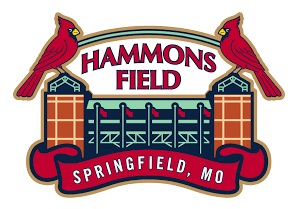
Hammons Field is a minor league baseball stadium located in Springfield, Missouri, with a capacity of 7,986 plus approximately 2,500 general admission seating. The facility, funded entirely by local businessman, hotel mogul and benefactor John Q. Hammons, is the centerpiece of the midtown development project, Jordan Valley Park, on the corner of Sherman Avenue and Trafficway Boulevard. Completed in April 2004, it is home to the Springfield Cardinals, the Texas League affiliate of the St. Louis Cardinals as well as the Missouri State University Bears.

The Family Arena is a multi-purpose arena in St. Charles, Missouri, built in 1999.

Plaster Stadium is a 17,500-seat football stadium located in Springfield, Missouri. It is home to the Missouri State Bears football team.
The St. Louis Municipal Opera Theatre is an amphitheater located in St. Louis, Missouri. The theatre seats 11,000 people with about 1,500 free seats in the last nine rows that are available on a first come, first served basis.
Houck Stadium is an 11,015-seat multi-purpose stadium in Cape Girardeau, Missouri. It opened in 1930 and was named after famous Missouri resident Louis Houck. Today it is home to the Southeast Missouri State University Redhawks football team and women's soccer team.
James Busch Orthwein was an American heir and business executive. He owned the New England Patriots of the National Football League (NFL) from 1992 to 1993. After unsuccessfully attempting to move the franchise to his home city of St. Louis, he sold the Patriots to Robert Kraft in 1994.

William Robert Orthwein was an American sportsman, attorney, business executive and political activist.
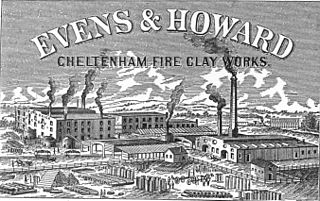
The Evens & Howard Fire Brick Company was a manufacturer of fire bricks, sewage pipe and gas retorts in what is now the Cheltenham neighborhood of St. Louis, Missouri. It was founded formally in 1855 as the Cheltenham Fireclay Works and achieved sales as far away as Quebec and Africa.

The Gateway Multimodal Transportation Center, also known as Gateway Station, is a rail and bus terminal station in the Downtown West neighborhood of St. Louis, Missouri. Opened in 2008 and operating 24 hours a day, it serves Amtrak trains and Greyhound and Burlington Trailways interstate buses. Missouri's largest rail transportation station, it is located one block east of St. Louis Union Station.

Firmin Vincent Desloge II was an American industrialist lead mining pioneer in the disseminated lead fields of the Southeast Missouri Lead District and member of the Desloge family in America.

Desloge Chapel is a Gothic church in St. Louis, Missouri. Located at Grand Avenue and Vista Avenue, it was designed by Gothic revivalist architect Ralph Adams Cram to echo the Sainte-Chapelle chapel in Paris.
Frederick C. Orthwein was an American businessman from St. Louis, Missouri.
Percy Orthwein was an American heir and business executive in advertising from St. Louis, Missouri, United States.
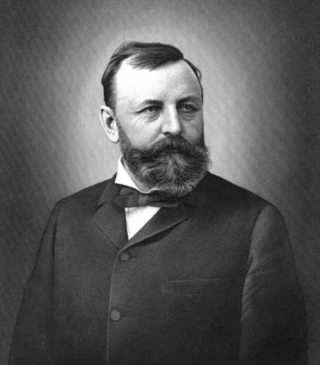
Charles F. Orthwein was a German-born American businessman from St. Louis, Missouri.

The National Blues Museum is a 501(c)(3) non-profit museum in St. Louis, Missouri, United States, dedicated to exploring the musical history and impact of the blues. It exists as an entertainment and educational resource focusing on blues music. The Museum offers a rotating collection of exhibits, live performances in the Lumiere Place Legends room, and is available for private events.
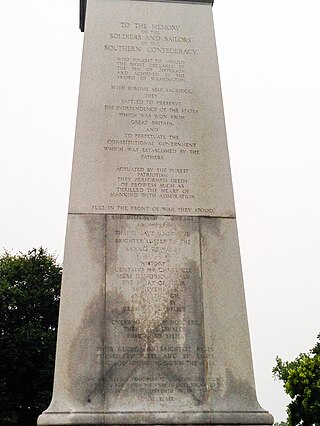
The Memorial to the Confederate Dead is a Confederate memorial in Missouri.

Old Warson Country Club is a country club located in St. Louis, Missouri. Founded in 1953, it hosted the 1971 Ryder Cup and the 2009 U.S. Women's Amateur. The golf course was designed by Robert Trent Jones.
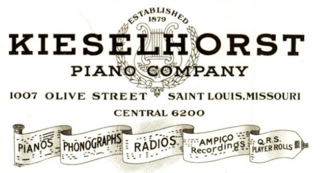
The Kieselhorst Piano Company was an American manufacturer and vendor of pianos and publisher of sheet music that operated from 1879 to 1930 in Saint Louis, Missouri.















